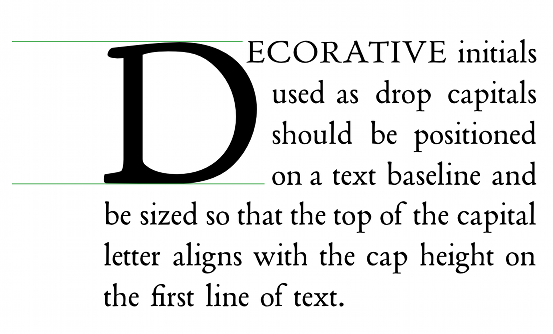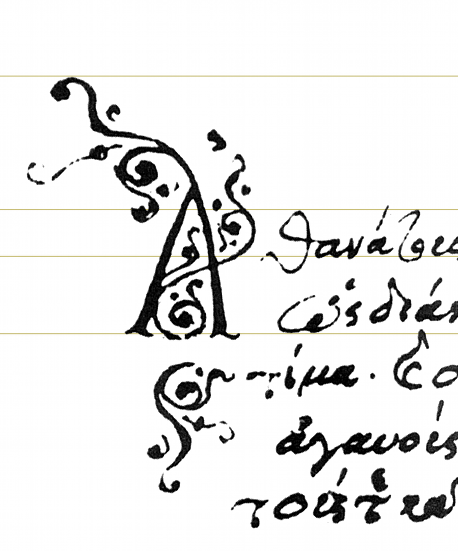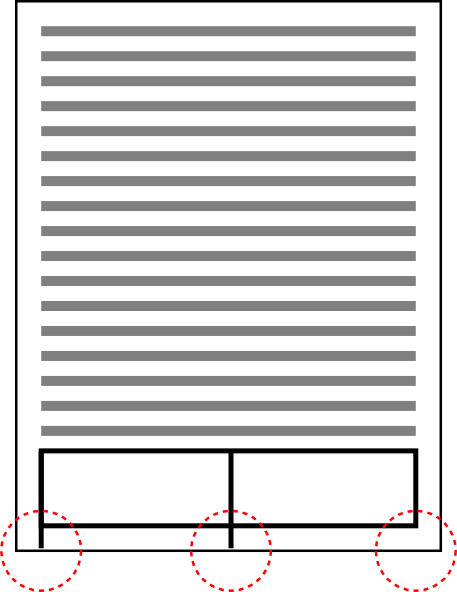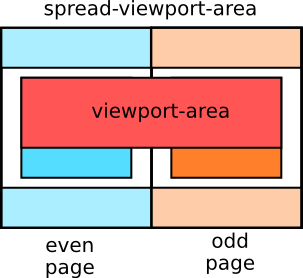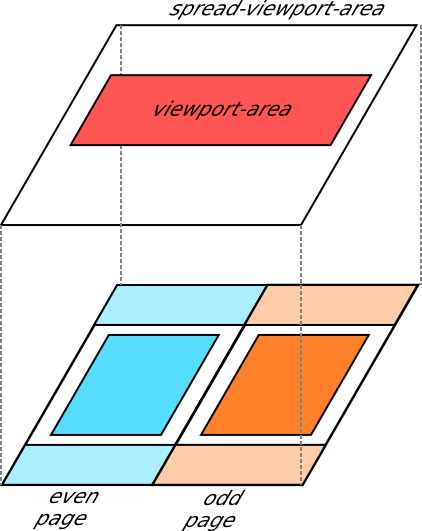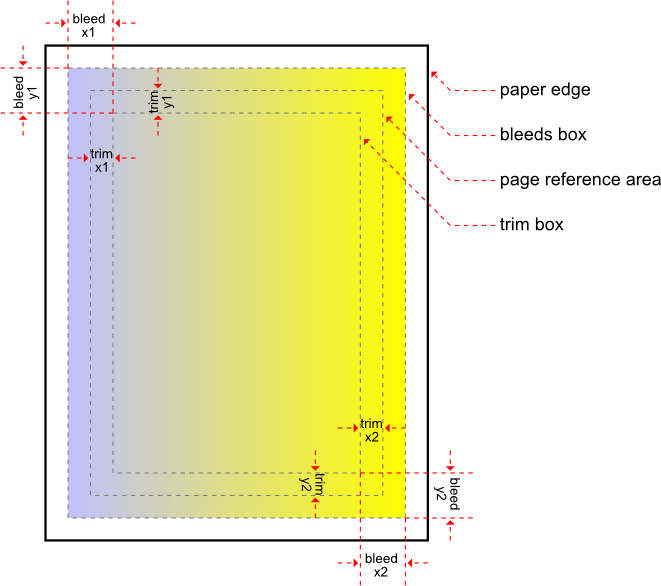3.3.1 Interleaving layout-master set
Requirement:
See the XSL-FO 2.0 Requirements Document, section 2.2.12.1
Be able to define layout-master-sets not only at the top of
the FO tree, but also interleaving page-sequences, to allow
users to define and change masters, such as simple-page-master
and page-sequence master, on the fly instead of having to
specify all the masters in the beginning of the FO tree. When
traversing the FO tree in pre-order traversal, the master must
be defined before it may be referenced by a master-reference
property.
Note:
This section is currently worded as a set of
changes to XSL-FO 1.1
There are two parts to fulfilling this requirement: modifying allowed
contents to allow extra
"fo:layout-master-set" elements to appear,
and adjusting the wording
of the spec to say what happens when it occurs.
Allowed contents
For fo:page-sequence-wrapper,
allow fo:layout-master-set where you can now
have fo:page-sequence or fo:page-sequence-master:
Change the content model from:
(page-sequence|page-sequence-wrapper)*
to:
(layout-master-set,declarations?,bookmark-tree?,
(layout-master-set|page-sequence|page-sequence-wrapper)+)
Changes
The following changes to XSL 1.1 are proposed to
satisfy this requirement:
3.3.1.1 Formatting Objects Summary
Change:
The fo:layout-master-set is a wrapper around all masters used in
the document.
To:
The fo:layout-master-set is a wrapper around masters used in the
document.
3.3.1.2 "Declarations and Pagination and Layout Formatting Objects" introduction
Change:
The children of the fo:root formatting object are a single
fo:layout-master-set, an optional fo:declarations, an optional
fo:bookmark-tree, and a sequence of one or more
fo:page-sequences and/or fo:page-sequence-wrapper elements.
To:
The children of the fo:root formatting object are a
fo:layout-master-set, an optional fo:declarations, an optional
fo:bookmark-tree, and a sequence of one or more
fo:layout-master-set and/or fo:page-sequences and/or
fo:page-sequence-wrapper elements.
Change:
The fo:layout-master-set defines the geometry and sequencing of
the pages
To:
The fo:layout-master-sets define the geometry and sequencing of
the pages
Change:
The children of the fo:layout-master-set are the pagination and
layout specifications and flow-map specifications.
To:
The children of the fo:layout-master-sets are the pagination and
layout specifications and flow-map specifications.
3.3.1.3 fo:root
Change:
This is the top node of the formatting object tree. It holds an
fo:layout-master-set formatting object (which holds all masters
used in the document), an optional fo:declarations, an optional
fo:bookmark-tree, and one or more fo:page-sequence or
fo:page-sequence-wrapper objects.
To:
This is the top node of the formatting object tree. It holds an
fo:layout-master-set formatting object, an optional
fo:declarations, an optional fo:bookmark-tree, and one or more
of fo:layout-master-set, fo:page-sequence or
fo:page-sequence-wrapper objects. An fo:layout-master-set holds
masters used in the document.
Change the contents to:
(layout-master-set,declarations?,bookmark-tree?,
(layout-master-set|page-sequence|page-sequence-wrapper)+)
3.3.1.4 fo:page-sequence
Change:
If the flow-map-reference is specified, the flow-map in effect
is the one described by the fo:flow-map child of the
fo:layout-master-set having a flow-map-name matching the
specified value of flow-map-reference on the fo:page-sequence.
To:
If the flow-map-reference is specified, the flow-map in effect
is the one described by the closest preceding fo:flow-map (this
is a child of a preceding fo:layout-master-set) having a
flow-map-name matching the specified value of flow-map-reference
on the fo:page-sequence.
3.3.1.5 fo:layout-master-set
Change:
The fo:layout-master-set is a wrapper around all masters used in
the document. This includes page-sequence-masters, page-masters,
and flow-maps.
To:
The fo:layout-master-set is a wrapper around masters used in the
document. This includes page-sequence-masters, page-masters, and
flow-maps.
3.3.1.6 'master-name'
Change:
Names identify masters, may not be empty and must be unique.
To:
Names identify masters, MUST NOT be empty and must be unique
within an fo:layout-master-set.
Change:
A master-name must be unique across all page-masters and
page-sequence-masters.
To:
A master-name must be unique across all page-masters and
page-sequence-masters within an fo:layout-master-set.
3.3.1.7 'master-reference'
Change:
The names need not be unique, but may not be empty and must
refer to a master-name that exists within the document.
To:
The names need not be unique, but MUST NOT be empty and must
refer to a master-name that exists within the current or a
preceding fo:layout-master-set.
Change:
If the name is empty or if a name-conflict is encountered, an
error shall be reported. A processor may then continue
processing.
To:
If the name is empty, an error shall be reported. A processor
may then continue processing.
If a name-conflict is encountered, the last specified
master-name is used.
3.3.1.8 'flow-name'
No change required.
3.3.1.9 'flow-name-reference'
Some difficulties here:
'flow-name-reference' is a "soft" reference; the flows currently
always occur after these references;
this current constraint is too loose even for XSL 1.1:
The name identifies a flow; it MUST NOT be empty and must refer
to a flow-name that exists within the document.
The definition of fo:flow-map at least includes:
The source list is a sequence of flow names whose corresponding
fo:flow objects (in the referring fo:page-sequence) are treated
as a single fo:flow for composition purposes.
where "(in the referring fo:page-sequence)" seems a more useful
constraint than "within the document".
3.3.1.10 'region-name'
No change required.
3.3.1.11 'region-name-reference'
Change:
The name identifies a region; it may not be empty and must refer
to a region-name that exists within the document.
To:
The name identifies a region; it MUST NOT be empty and must refer
to a region-name that exists within the current or a preceding
fo:layout-master-set.
or it may be best to leave it as-is.
